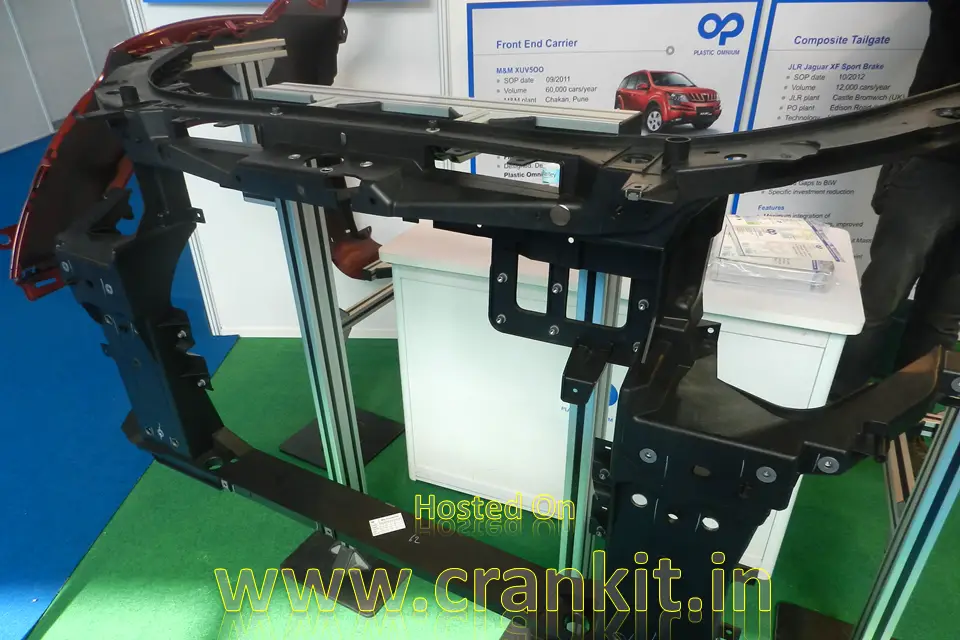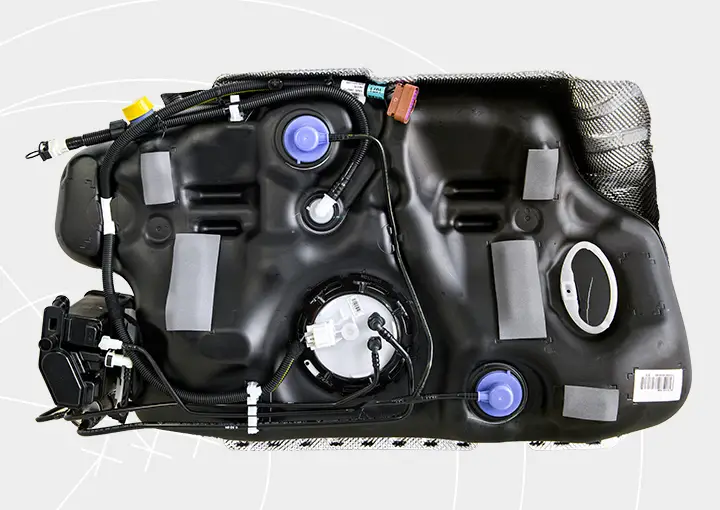Automotive Manufacturers to implement Weight Loss Therapy to lose weight in vehicles:
Weight Loss Therapy is the new buzzword in today’s world. Everyone is just looking for ways to lose excess weight and be fit in terms of more energy and efficiency. Automotive companies are also not far behind. So, they are now seriously looking at techniques to achieve weight loss effectively & reduce weight to improve vehicle’s performance.
Automotive manufacturers are looking at ways improve efficiency. Thus, they can be competitive in the area of mileage. While the engine technology is nearing its peak with the implementation of direct injection, further development in that area will take some time. Meanwhile, another option with the manufacturers is to shed excess weight so that it will improve overall performance in terms of fuel efficiency or Km/L and also reduce carbon footprint of the vehicle.
Weight Loss Therapy: Way to improve Performance and Efficiency:
One way to improve the vehicles performance and efficiency is to increase the power of the engine. Thereby, improving the Power-To-Weight ratio. Power-To-Weight ratio, in simple terms, is the effective engine power available to carry vehicle’s weight. More the power the engine delivers per tonne of weight, higher is the power-to-weight ratio. Thus, it improves the performance.
Manufacturers achieve this by either using a higher capacity engine or fitting a turbocharger on an existing engine. But with rising fuel prices, it is becoming expensive to use and operate a vehicle with higher capacity engine. Even turbocharging the engine will increase the power only to a limited extent. So, it will effect in higher cost of manufacturing while implementing it on smaller vehicles may not be a viable option. There still needs another way to improve the performance and efficiency of the vehicle without making it a costly affair. And, that is to reduce weight.
The ways for Weight Loss Therapy:
The key area where you can reduce vehicle’s weight is its body. The body shell which is a major part of the vehicle is currently made of steel making it heavier. The vehicle parts which are also considered for weight loss include:
- Bumper systems and Fascias
- Body panels and Spoilers
- Rear closure systems / Tail-gate
- Front-end carriers
- Fuel Tanks & Oil Pan

What is the solution for Weight Loss:
Using the recyclable non-conventional lighter materials such as special plastics, is the way forward. The automotive manufacturers are considering using materials such as Glass Fiber, Thermoplastic composites and High-density polyethylene for the purpose which are recyclable. These materials are not only lighter in weight, but also cost effective when mass-produced. They possess the required strength and can reduce weight significantly. By using these lighter materials, the vehicles can achieve a weight loss of upto 40% over steel which is very significant for attaining better mileage. Furthermore, vehicles using Glass Fiber or Thermoplastic composite body parts are likely to return higher fuel efficiency.

Who is implementing Weight Loss Therapy:
Volkswagen, Peugeot and Land Rover have taken initiative for the weight loss program in their European models. Volkswagen uses Glass Fibre tail-gate for its EOS sedan sold in Europe, whereas the tail-gate of Land Rover’s popular SUV Range Rover Evoque will use Thermoplastic composite.

Plastic Omnium, which makes Thermoplastic Composite parts, put up a display at the Automotive Ancillaries Show 2014. Here, it showcased a sample piece of the Range Rover Evoque’s tail-gate.

The company also makes high-density polyethylene fuel tanks with “Twin Sheet Blow Moulding technology” for Mercedes A, B, CLA and GLA models. The fit and finish of these parts is impeccable. The way company delivers the superb finish, one can’t make out if the part is of either steel or composite from a distance.

Advantages of implementing Weight Loss Therapy in cars:
|
Category |
Advantage |
| Performance |
High |
| Efficiency |
High |
| Weight |
Low |
| Power to Weight Ratio |
High |
| Mileage |
High |
Further read on: What is Badge-Engineering?>>
